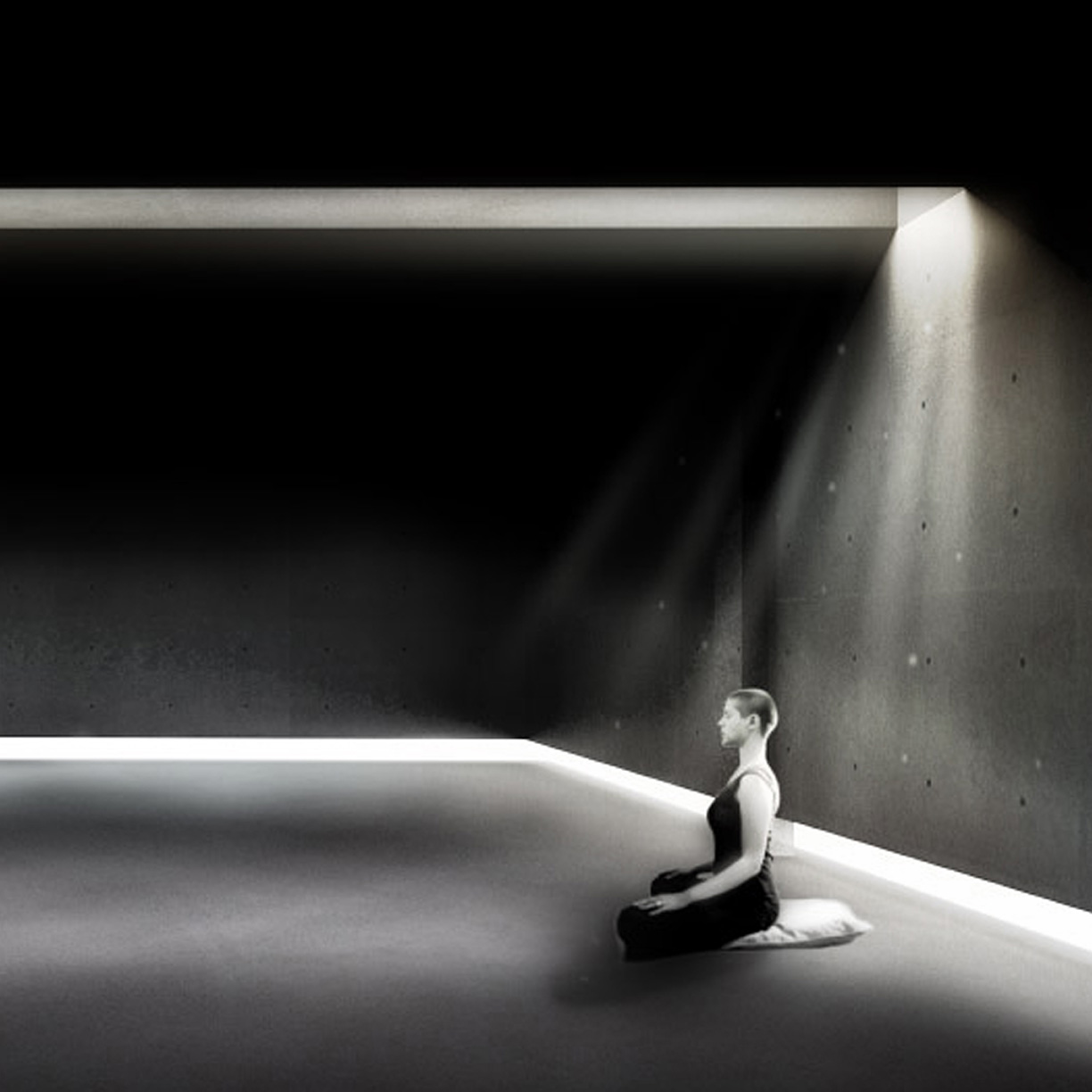Life can take your breath away. But sometimes, not always in a good way. More Americans than ever before are stressed out —especially the youth among us. Recent studies show that adolescents and young adults are five-to-eight times more likely to report symptoms of anxiety and depression than those who lived during the height of the Great Depression.
From politics, to fast-paced working environments, and and even an addiction to smartphones and screens, we are constantly being tapped-out. Tracking our mindfulness matters now more than ever before.
There are plenty of ways to relieve stress — working out, a long shower, or even a massage. But believe it or not, there’s something you’re doing right now, probably without even knowing it — a built-in stress reliever that’s right under our nose: breathing.
Relax, Take a Deep Breath
Most of us, at some point in our lives, have been told to “relax, take a deep breath” to help calm ourselves down from a stressful moment of anxiety. It’s true, though — breathing techniques have long been used as an ancient practice and proven way to reduce stress, and is supporting by mounds of research. Practices involving intentional breathing is a powerful tool for relaxation, help with sleep, stress reducer, and overall improvement of mental health. Why not give it a shot?
Room to Breathe

We all need some space and quite time. But it’s not only on us. More and more, architects and designers are incorporating “room to think” inside of corporate environments and plans.
A prime example: in a corner of Etsy’s new 200,000 sq ft headquarters in Brooklyn, New York, there is a room meant only for breathing. In 2016, the SaaS software giant, Salesforce, added a meditation room on each floor of its San Francisco offices. It’s time for a change, to take the pressure off of ourselves in our human environments.
Be Prepared

Breathing better is the next big thing. And it isn’t just for yoga any more, with top gyms across the US adding classes all about your breathe to their rosters. ‘Most of the time, people use their necks and shoulders, and those absolutely are not breathing muscles,’ a breathing expert says.
These are auxiliary, or secondary, muscles and should only be involved in breathing by providing support for the more core muscles. Using our shoulders instead is what causes our shoulders to rise and fall with our breath, which the expert says they shouldn’t do. Why don’t we optimize and be better prepared for the one thing that we do the most each day?
Tracking What Matters

From Apple Watch’s breathe app, to the spire health activity tracker, there are a number of new and exciting ways to measure and improve your breathing practice overtime. Whatever your journey is, a simple habit of taking more mindful breaths each day could help save your life — or make life a little less breathtaking.
Originally published at medium.com



